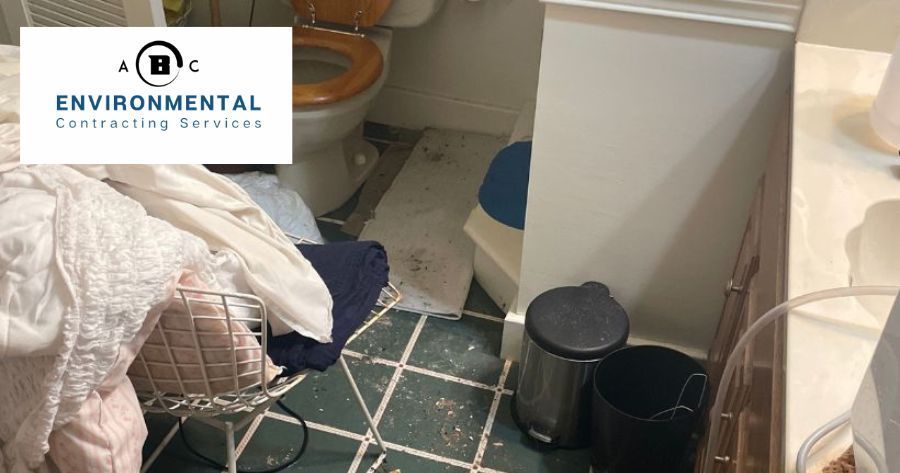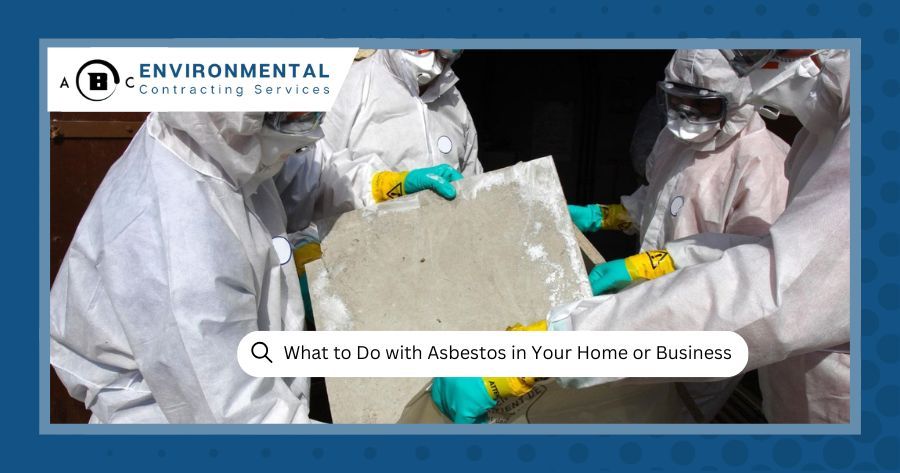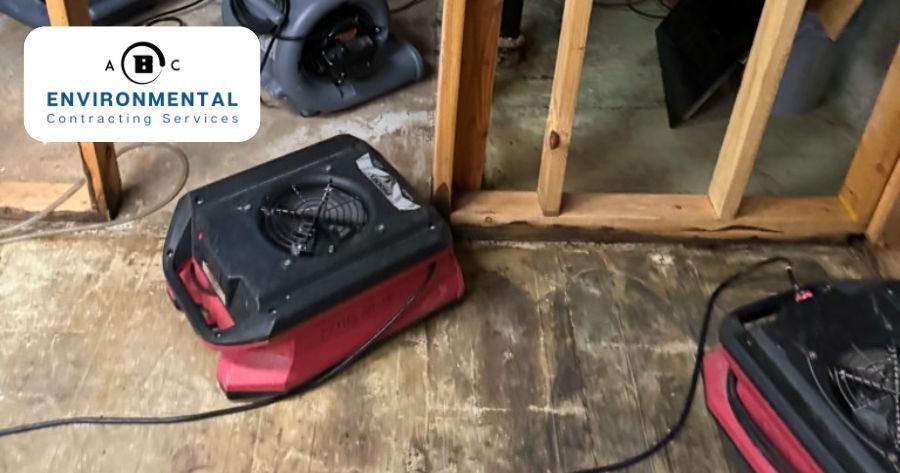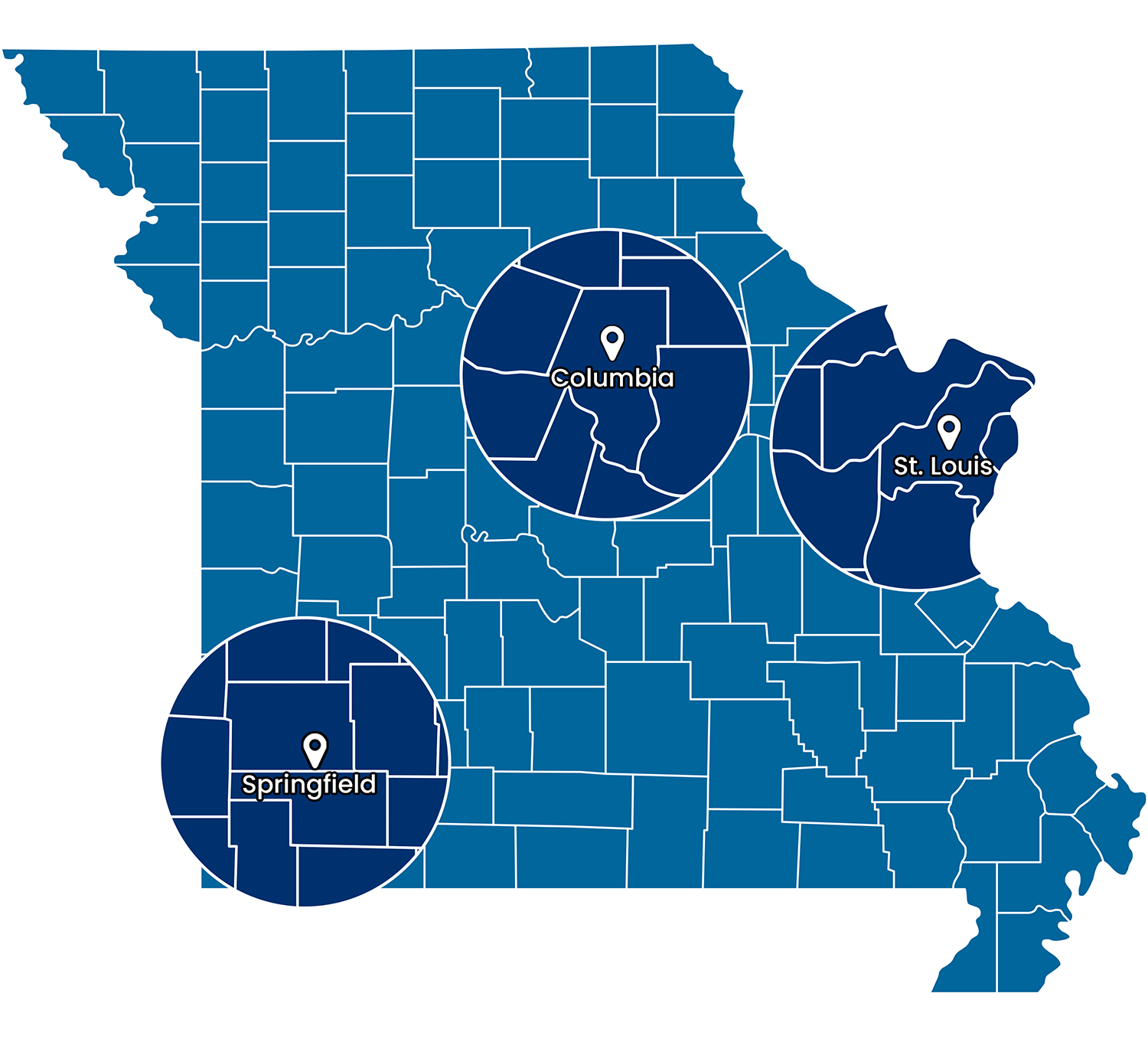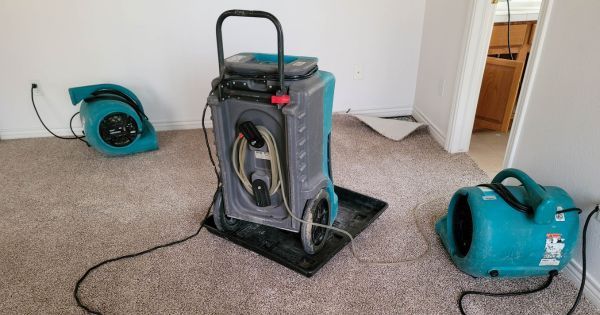
How Long to Run Fans After Water Damage: A Guide
When faced with water damage, it's crucial to act quickly to minimize the damage and prevent further complications. One of the key steps in the water damage restoration process is proper ventilation, and knowing how long to run fans after water damage is important for successful recovery. In this guide, we'll walk you through everything you need to know to make informed decisions about fan operation during the restoration. Plus, if you need water damage restoration Springfield MO, we’ve got you covered! Read on!
Why Proper Ventilation Is Important
Water damage can wreak havoc on your property in more ways than one. Aside from the obvious structural damage, excess moisture can create the perfect breeding ground for mold and mildew, leading to potential health hazards for you and your family. Proper ventilation is crucial for removing moisture from the air and encouraging drying, which helps prevent mold growth and ensures a thorough restoration.
Determining How Long to Run Fans After Water Damage
The duration for running fans after water damage can vary depending on the extent of the damage, the type of materials affected, and environmental conditions such as humidity and temperature. In general, it's recommended to run fans continuously for at least 24 to 48 hours after water damage occurs to facilitate drying. However, more serious cases may require longer drying times, while smaller incidents may require less.
Tailoring Ventilation Strategies
Not all water damage scenarios are created equal, and it's important to tailor your ventilation strategies to the specific circumstances at hand. For example, a minor water leak in a well-ventilated area may only require the use of a few fans for a short period. On the other hand, a flooded basement with huge damage may need the use of industrial-strength fans and dehumidifiers for several days or even weeks.
Choosing the Right Equipment for Effective Drying
When it comes to drying out water-damaged areas, not all fans are created equal. There are several types of fans available, including:
- Axial Fans:
Ideal for broad areas, axial fans move air parallel to their axis, making them great for general drying and ventilation tasks due to their ability to handle large volumes of air.
- Centrifugal Fans:
These fans redirect airflow at the right angle of their axis, allowing for more targeted air distribution. They excel in directing air into specific spaces, making them perfect for enclosed areas or directing airflow through ductwork.
- Air Movers: Tailored for fast drying, air movers generate high-speed airflow to speed up evaporation and moisture elimination. They're paired with dehumidifiers to create effective drying systems for water-damaged spaces.
Maximizing Airflow for Optimal Drying
The placement of fans plays a significant role in the drying process. To maximize airflow and encourage even drying, it's important to position fans throughout the affected area in the right places. Placing fans at opposite ends of the room and pointing them towards each other can create a cross-ventilation effect while elevating fans off the ground can help prevent moisture from being trapped underneath.
Signs that It's Time to Stop Running Fans
While it's important to run fans for a proper amount of time to ensure thorough drying, it's equally important to know when to stop. There are several signs to look out for that indicate it's time to stop running fans:
- a decrease in humidity levels;
- a lack of visible moisture;
- the absence of musty smells.
Tips to Minimize the Risk of Future Water Damage
To minimize the risk of future water damage, think about taking the following preventative steps:
- Regular Maintenance of Plumbing and Roof: Inspect your plumbing system and roof regularly for any signs of leaks, cracks, or damage. Fixing minor issues on time can prevent them from turning into major problems that lead to water damage.
- Install a Sump Pump in Your Basement: If you have a basement prone to flooding or water seepage, installing a sump pump can help minimize the risk of water damage. A sump pump collects excess water and pumps it away from your home, keeping your basement dry and preventing water damage.
- Ensure Proper Drainage Around Your Property:
Poor drainage around your property can lead to water pooling near your foundation, which can seep into your home and cause water damage. One of the
common causes of water damage is clogged gutters and downspouts, which prevent proper water flow and increase the risk of leaks. Make sure your gutters and downspouts are clear of debris and direct water away from your foundation to minimize potential damage.
- Inspect and Maintain Appliances: Check appliances such as dishwashers, washing machines, and water heaters for leaks or malfunctioning components regularly. Replace any worn or damaged hoses or connectors to prevent water leaks.
- Monitor Indoor Humidity Levels: High indoor humidity levels can contribute to condensation and moisture buildup, increasing the risk of water damage and mold growth. Maintain indoor humidity levels below 60%.
- Invest in Waterproofing: For areas prone to water seepage, such as basements or crawl spaces, consider investing in waterproofing measures such as sealing cracks, applying waterproof coatings, or installing a vapor barrier.
When to Seek Help from Restoration Experts
In some cases, water damage may be too widespread or too complicated to handle on your own. If you're dealing with significant water seepage, contaminated water, or mold growth, it's best to seek help from professional restoration experts. They have the knowledge and equipment to assess the situation and carry out the repairs and restoration work.
Read About - Tips for Picking a Water Damage Restoration Company in Springfield, MO
Contact ABC Environmental Contracting Services in Springfield
If you're dealing with water damage and need professional assistance, don't hesitate to contact
ABC Environmental Contracting Services in Springfield. Our team is here to help you get your property back to its pre-damage condition. You can trust us to handle even the most challenging water damage restoration projects.
Contact us today!

